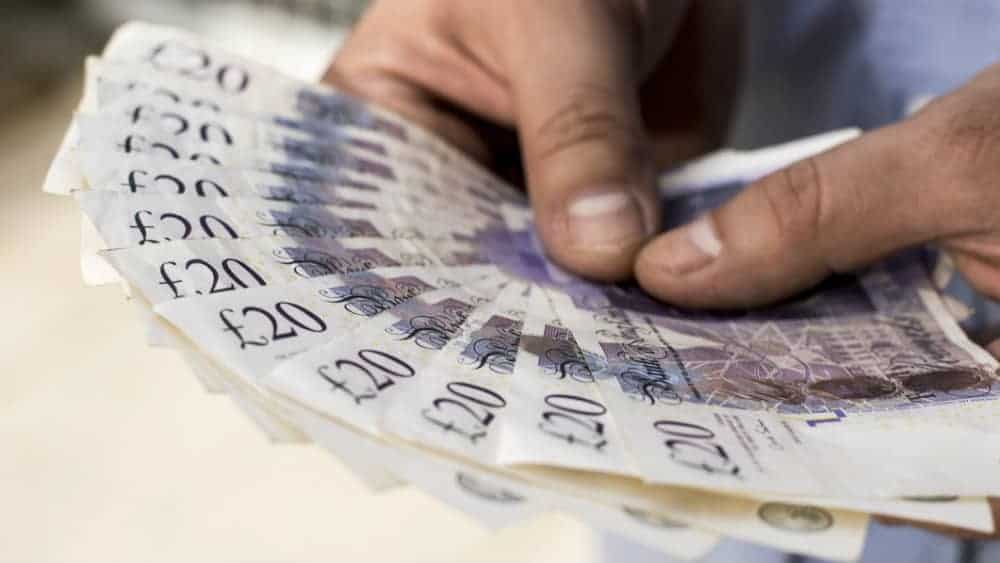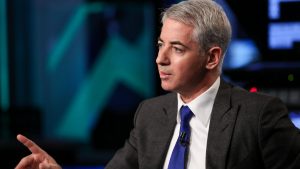Investing for dividend income is extremely popular among investors. Dividends provide a regular boost to their investment wealth and the shares will hopefully also increase in price. Here, I take a look at three FTSE 100 stocks with an expected dividend yield of more than 5%, according to investment research firm Morningstar. I also explain how dividend yield works and examine whether it’s a good way to pick your investments.
Which FTSE 100 stocks have a high dividend yield?
According to Morningstar, these three FTSE 100 stocks have an expected dividend yield of more than 5%.
1. Imperial Brands: dividend yield 8.14%
Imperial Brands, previously known as Imperial Tobacco, separated from the conglomerate Hanson in the late 1990s. Its brands include Regal, Embassy, Lambert & Butler and John Player Special, as well as Castella cigars. Imperial Brands is expected to offer a generous dividend this year, and investors can hope for a yield of 8.14%.
The company’s share price has dropped a massive 52.99% in the past five years, as many investors have turned away from unhealthy companies toward ESG stocks.
2. British American Tobacco: dividend yield 7.11%
British American Tobacco is another global tobacco brand with brands including Dunhill, Pall Mall and Camel. Just like Imperial Brands, its share price has taken a beating over the last five years, reducing by 31.59%.
Despite this, recent share price growth in 2022 is strong. The company’s share price has surged 23.12% since the beginning of the year. That’s largely due to an expected share buyback, where the company will buy back shares in itself and reduce the number of shares on the market.
This year, the tobacco giant is expected to offer shareholders an impressive dividend yield of 7.11%.
3. Vodafone Group: dividend yield 6.38%
Shareholders of telecoms giant Vodafone group can also expect a high dividend yield of 6.38% this year. Like Imperial Brands, its share price performance has been disappointing, dropping 29.97% in the past five years. That picture disguises a more recent trend as Vodafone shares have actually soared in price so far in 2022. Vodafone’s share price is up 20.22% since the beginning of the year, as rumours of a possible merger boost market confidence.
Are there any problems with dividend yield?
Dividend yield is a measure of the dividend income you’ll get on your investment. It’s worked out by dividing the dividend per share by the share price to give you a percentage dividend return. For example, if a company pays a dividend of £5 for each share and its share price is currently £100, then the dividend yield is 5%.
The problem is that dividend yield is only one measure of successful investing. It doesn’t take into account any capital growth you get when share prices increase. In fact, dividend yield can actually increase as a share price goes down.
Here’s an example: Madison owns 10 shares in a company with a share price of £100 and a dividend yield of 5%. This means she has a total holding worth £1,000 and receives dividends of £5 per share (£50 in total). Over the next year, the share price reduces to £75 but the company decides to still pay £5 per share in dividends. Madison’s holding is now worth £750 but her dividend income is still £50. The company now has a dividend yield of 6.7%. The dividend yield has increased but the value of Madison’s total holding has reduced by £250 or 25%.
Why invest in dividend stocks?
Many investors like dividend stocks because they pay a regular income and this income can be withdrawn or reinvested in more shares.
Dividend yield and income can make a big difference to the performance of your investment portfolio over time. That’s because dividends can be reinvested to purchase more shares and this can add a compounding effect to your portfolio.
For example, between December 1999 and April 2021, the FTSE 100 didn’t grow at all. That’s because December 1999 was a previous stock market peak and the market took a long time to recover.
So, according to Figures from AJ Bell, if you had invested £10,000 in a FTSE 100 fund in December 1999 and withdrawn any dividend income, it would still be worth £10,000. However, if you instead invested your dividend income, your £10,000 would have grown to £21,600 during the same period. That’s because the total return of the FTSE 100, including dividend income, was 116%.
These figures illustrate the huge difference dividend income can make and why it may be worth considering investing in stocks that pay a generous dividend. Just bear in mind that other factors like share price growth will also affect the performance of your portfolio.
How can you invest in dividend income shares?
If you want to invest in shares or investment funds to get a dividend income, then you can either use your pension, a share dealing account or a stocks and shares ISA.
If you’re ready to invest, then a great way to start is to check out our list of top-rated stocks and shares ISAs.
This post was originally published on Motley Fool






